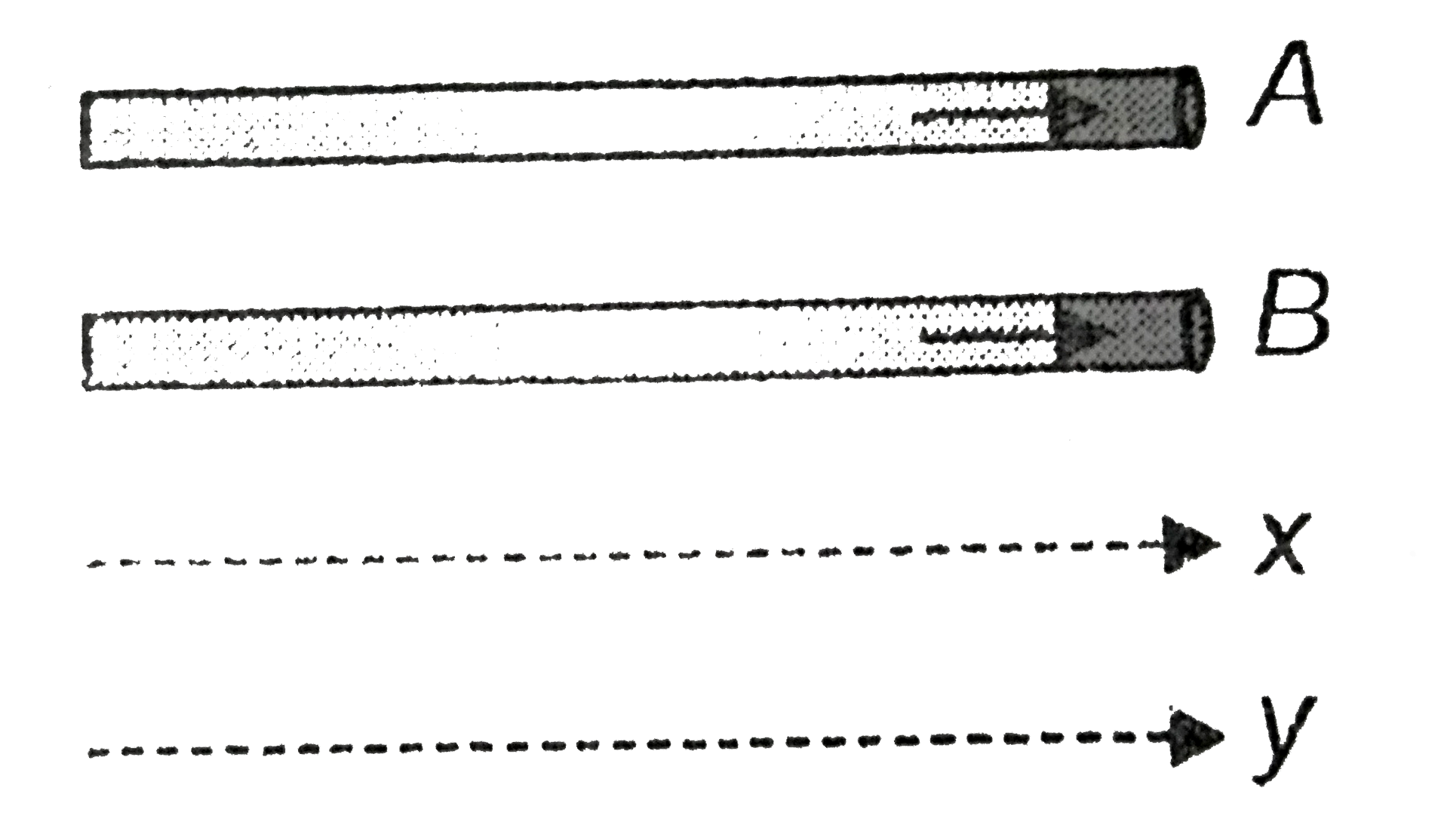A and B are two conductors carrying a currwnt i in same direction x and y are two electron beams moving in the same direction .there will be

AB
CD
Segment OB only of line AB
Segment OC only of line CD
The correct Answer is:A
Step by step video & image solution for A and B are two conductors carrying a currwnt i in same direction x and y are two electron beams moving in the same direction .there will be by Physics experts to help you in doubts & scoring excellent marks in Class 12 exams.
Updated on:21/07/2023Topper's Solved these Questions
- SOURCES OF MAGNETIC FIELDBOOK - CENGAGE PHYSICS ENGLISHCHAPTER - SOURCES OF MAGNETIC FIELDEXERCISE - single correct Ansewer type
12 Videos
- SOURCES OF MAGNETIC FIELDBOOK - CENGAGE PHYSICS ENGLISHCHAPTER - SOURCES OF MAGNETIC FIELDEXERCISE - Subjective type
10 Videos
- RAY OPTICSBOOK - CENGAGE PHYSICS ENGLISHCHAPTER - RAY OPTICSEXERCISE - DPP 1.6
12 Videos
- WAVE OPTICSBOOK - CENGAGE PHYSICS ENGLISHCHAPTER - WAVE OPTICSEXERCISE - Comprehension Type
14 Videos
Similar Questions
A and B are two conductors carrying a current i in the same direction x and y are two electron beams moving in the same direction. There will be

View SolutionTwo parallel beams of positrons moving in the same direction will
View SolutionTwo parallel beams of positrons moving in the same direction will
View SolutionTwo parallel wires carrying current in the same direction attract each other while two beams of electrons travelling in the same direction repel each other. Why?
View SolutionTwo parallel wires carrying current in the same direction attract each other while two beams of electrons travelling in the same direction repel each other. Why?
View SolutionWrite two different vectors having same direction.
View SolutionWrite two different vectors having same direction.
View SolutionWhen two wires have current in same direction then force is
View SolutionThe two waves of same frequency moving in the same direction give rise to
View SolutionTwo long thin, parallel conductors carrying equal currents in the same direction are fixed parallel to the x-axis, one passing through y = a and the other through y=−a. The resultant magnetic field due to the two conductors at any point is B. Which of the following are correct?

View Solution
